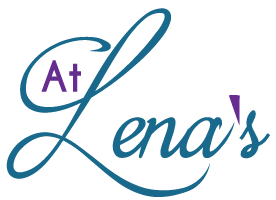Sewers Assemble! Sew for the common good
Photo by Emily Oakhill
The narrative on the usefulness of face masks has taken a sharp turn as we progress through this pandemic. Two weeks ago, masks were in horribly short supply and all spare masks rightly went to our healthcare professionals.
Production in China, and elsewhere, is ramping up and as the supply reverses, so does the narrative on the usefulness of personal use of face masks. Of course they are useful to keep ourselves protected from the transmission of CoViD-19.
Instead of heading to the store to buy up what really should continue to go to those on the front line, let’s start making our own. Have a sewing machine? A stash of cotton cloth? This is the easiest project and a noble way to spend your time off the streets.
Are homemade masks as good as N95? Nope. Are they better than nothing? Heck yes. Want a reference? Here’s a good study from England on the effectiveness of homemade masks, where they concluded:
Our findings suggest that a homemade mask should only be considered as a last resort to prevent droplet transmission from infected individuals, but it would be better than no protection.
Before you start
Don’t assume your local hospital has a way to accept and process donations. Some are actively dissuading people from sending in donations because they do not have a way to receive them.
Think outside the box. Hospitals are the obvious place to look to donate, but nursing homes, therapy centers, assisted living facilities, homeless shelters, and pharmacies are other places you might look as places to consider giving.
If you find a local facility asking for donated masks, follow their instructions as closely as possibly. Many have filters and nose pieces that they can put in. They just need the mask piece made.
Use them yourself. If you have family, provide them with masks. Consider your place of worship, work colleagues, fellow students as possible recipients. I am in graduate school and work with many students who can use masks as they go out for supplies.
How to use a face mask
Good fit is key. Learn how to put on and remove a face mask, and get the best fit for our current conditions. Keep these instructions in mind when fashioning your own masks.
https://www.sfcdcp.org/communicable-disease/healthy-habits/how-to-put-on-and-remove-a-face-mask/
Patterns
Bassett Healthcare Network is seeking volunteers and supporters to assist in the sewing of protective fabric masks, and provide several options for
https://www.bassett.org/covid-19/protective-fabric-masks
UnityPoint Health - Cedar Rapids How-to video for the Olsen mask
Use pipe cleaners or wax string for nosepieces, and use double-sided medical take to seal create a seal around the face. (Please do not start hoarding these products.)
https://www.youtube.com/watch?v=ZnVk12sFRkY
Sarah Maker has step-by-step instructions and free pattern
https://sarahmaker.com/how-to-sew-a-surgical-face-mask-for-hospitals-free-pattern/
Tutorial on Twitter from Mark Lewis, MD, and his Pediatrician wife
This mask has nice coverage
https://twitter.com/marklewismd/status/1240850124273672197
Thank you for considering making your own mask, and possibly donating to your local health care facility. It’s a good deed for others and will help you stay protected. We will pull through this together.
Stay safe. Stay healthy.

